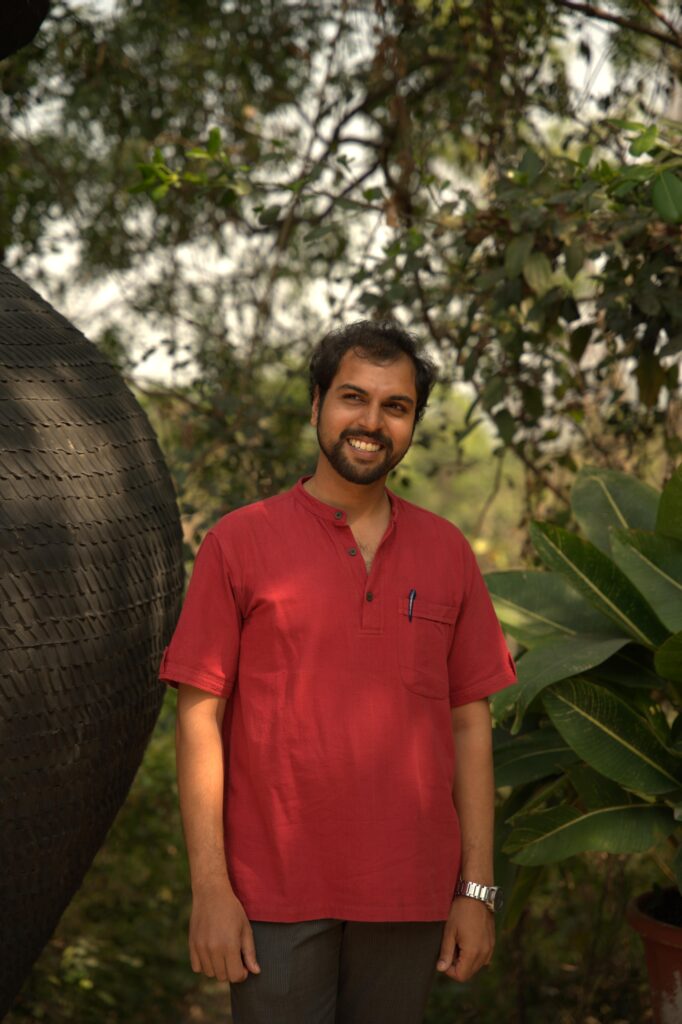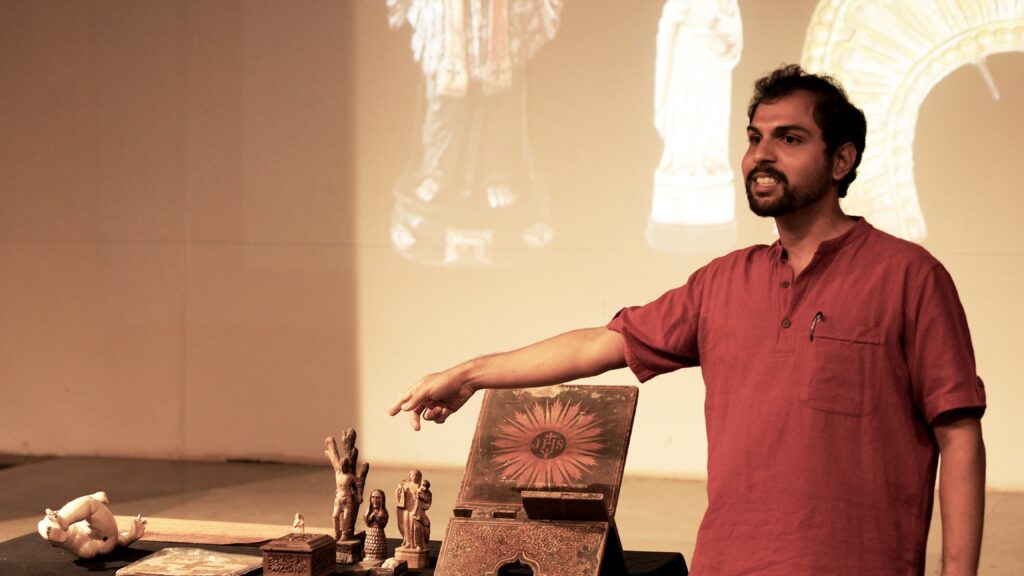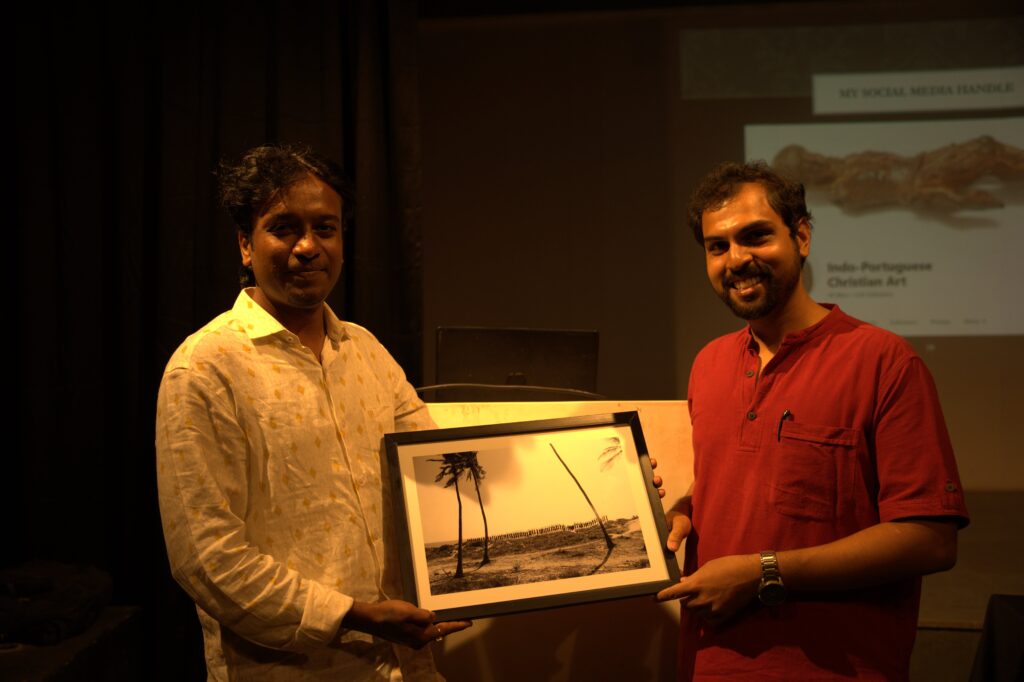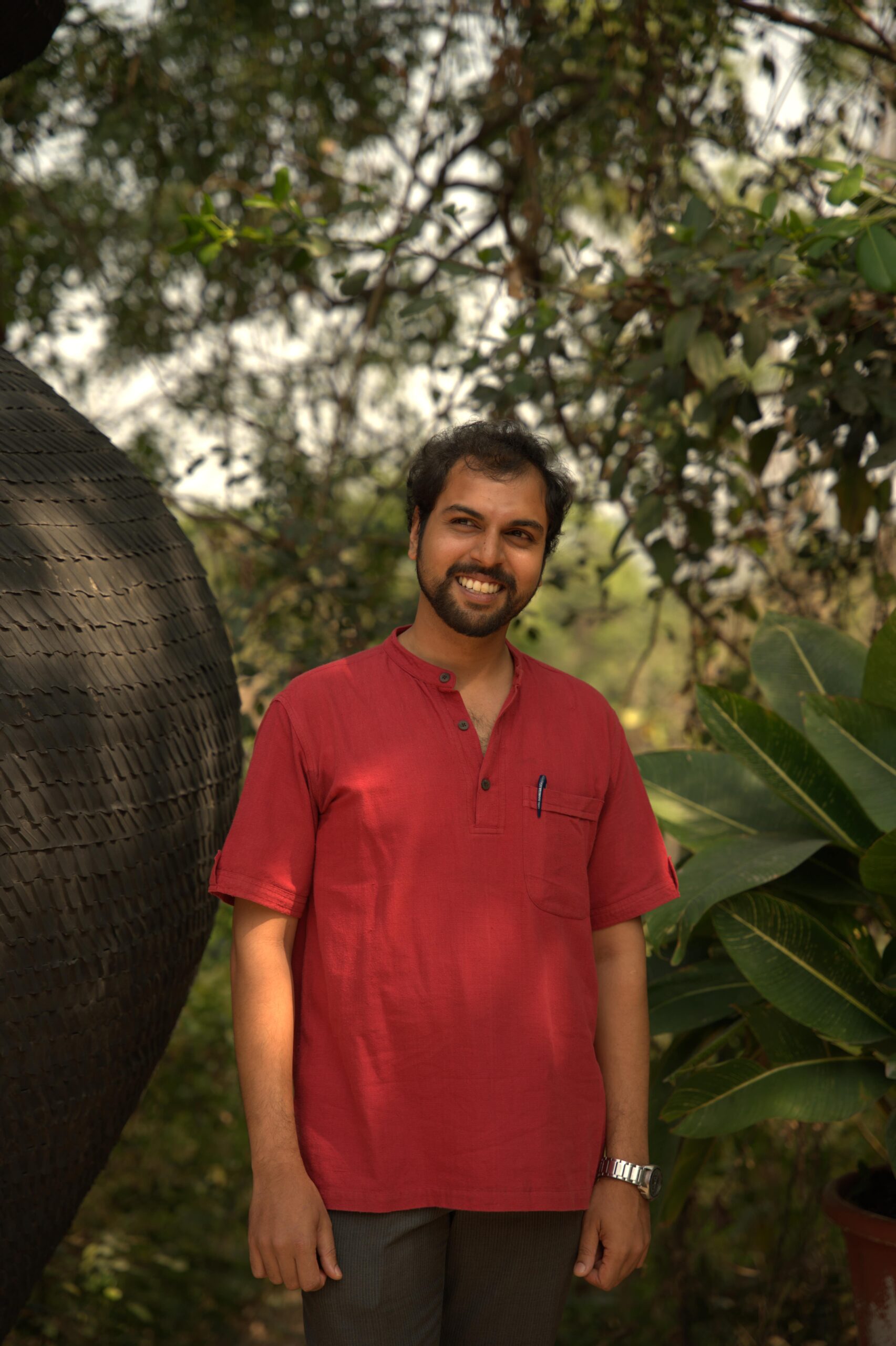



Aggressive modernisation and a lack of knowledge on the significance of antique religious artefacts in homes are leading to a decline in Christian art heritage in Goa, stated archivist Frazer Andrade during his session ‘Confluences of Culture’ for the MOG Sundays Talk at the Museum of Goa, Pilerne.
A Margao-based heritage enthusiast, Andrade was distraught at the unintentional destruction of Goa’s culture by citizens who were ignorant of the importance of the religious figures and other symbols present on their altars.
“Many people want to upgrade their housing and in the process, the religious artefacts they keep on their altars are mistaken as outdated because they might be slightly tarnished, chipped or have a part broken, so they replace them with new ones. People even resort to burning sacraments to dispose of them,” said Andrade.
Andrade also stated that another reason for this disposal is the non-veneration of broken idols due to perceived inauspiciousness, which is broadly observed across India.
“When people were converted to Christianity back in the day, these beliefs of not venerating broken or chipped idols were transferred to Catholicism – to date, we see people, even members of the clergy in churches, disposing of the damaged artefacts. This results in the loss of vital pieces of Goan heritage,” he said.
The urgent need to safeguard religious statues therefore arises to mitigate these unintentional losses in Goa’s religious heritage, which Andrade is presently working hard towards.
“Goan Christian religious art is different from the religious insignia present across the rest of the world as the statues made in Goa need not necessarily have been crafted by Christians themselves. They could have been made by people of various faiths like Muslims, Buddhists or Hindus who have never seen Christian art before and have incorporated elements from the local pre-Christian culture into the statues, rendering them a unique Indo-Portuguese identity and are a reflection of the secular harmony Goa enjoys,” stated Andrade.
Andrade mentioned that several churches in Goa sport Kaavi art, a form of murals found in Goan temples and along certain coastal parts of Maharashtra and Karnataka and Chitari art, an art form native to Cuncolim in South Goa usually commissioned by temples. He stated that these Indian influences are particularly evident in the architecture and design elements of the Holy Spirit Church in Margao.
“The Holy Spirit Church in Margao possesses an architectural style called Indian baroque that is an amalgam of Indian and Western aesthetics. In the church, one can view Mother Mary standing on a peacock, similar to depictions of the Hindu Goddess Parvati,” he said.
Therefore, when it comes to restoration and preservation, Andrade stated that there is a fine line that needs to be carefully traversed and what matters most is that the sanctity of the original piece is not compromised.
“The correct procedure for a restoration or preservation is ensuring that whatever changes are made are reversible. Most religious places prefer restoration over preservation, which entails ‘fixing’ the broken statue with custom-made parts to mimic the original piece. Unfortunately, these restorations are often not documented, which is a crucial step. The new additions cannot be attributed to the original date of the piece’s creation and this interferes with the statues’ timelines,” said Andrade.
Regarding his private collection of religious statues, Andrade prefers to resort to preservation over restoration to safeguard the authenticity of the artefacts.
“Say there is a religious effigy with a broken limb – I would leave it as is. I would not recreate the limb as it would interfere with the originality of the piece. The broken limb is associated with that statue’s history and aura, and there might be a fascinating story behind the missing part. I may also not be aware of the positioning of the broken part. It would be akin to interfering with the original artist’s work without their permission,” he said.


